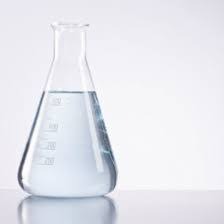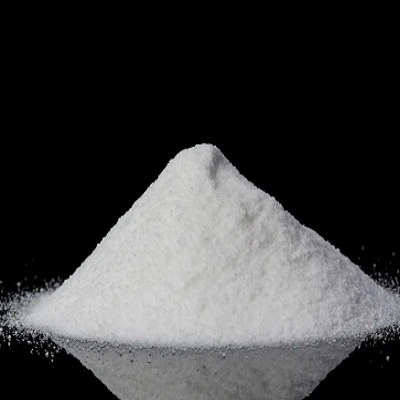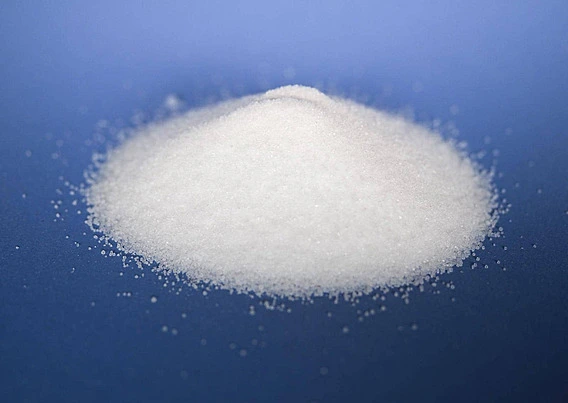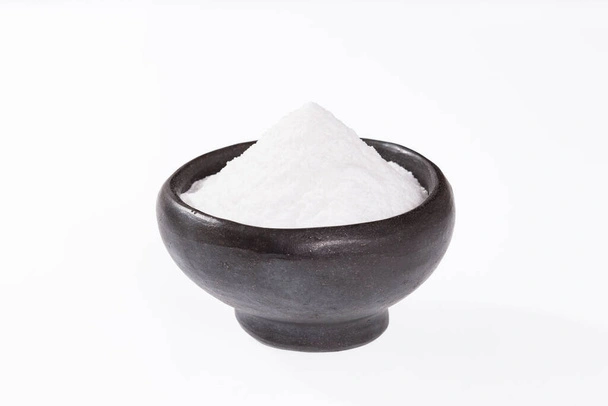Citric Acid Anhydrous (E330)
|
Origin |
: China, Thailand |
|
IUPAC Name |
: 2-Hydroxy-1,2,3-propanetricarboxylic acid |
|
Cas Number |
: 77-92-9 |
|
HS Code |
: 2918.14.00 |
|
Formula |
: C6H8O7 |
Basic Info
|
Appearance Name |
: White Crystalline Powder |
|
Common Names |
: - |
|
Packaging |
: 25 Kg Bag |





 English
English
 Indonesian
Indonesian
 简体字
简体字
 العربية
العربية
 Español
Español
 Français
Français
 Português
Português
 日本語
日本語
 한국어
한국어
 Tiếng Việt
Tiếng Việt
